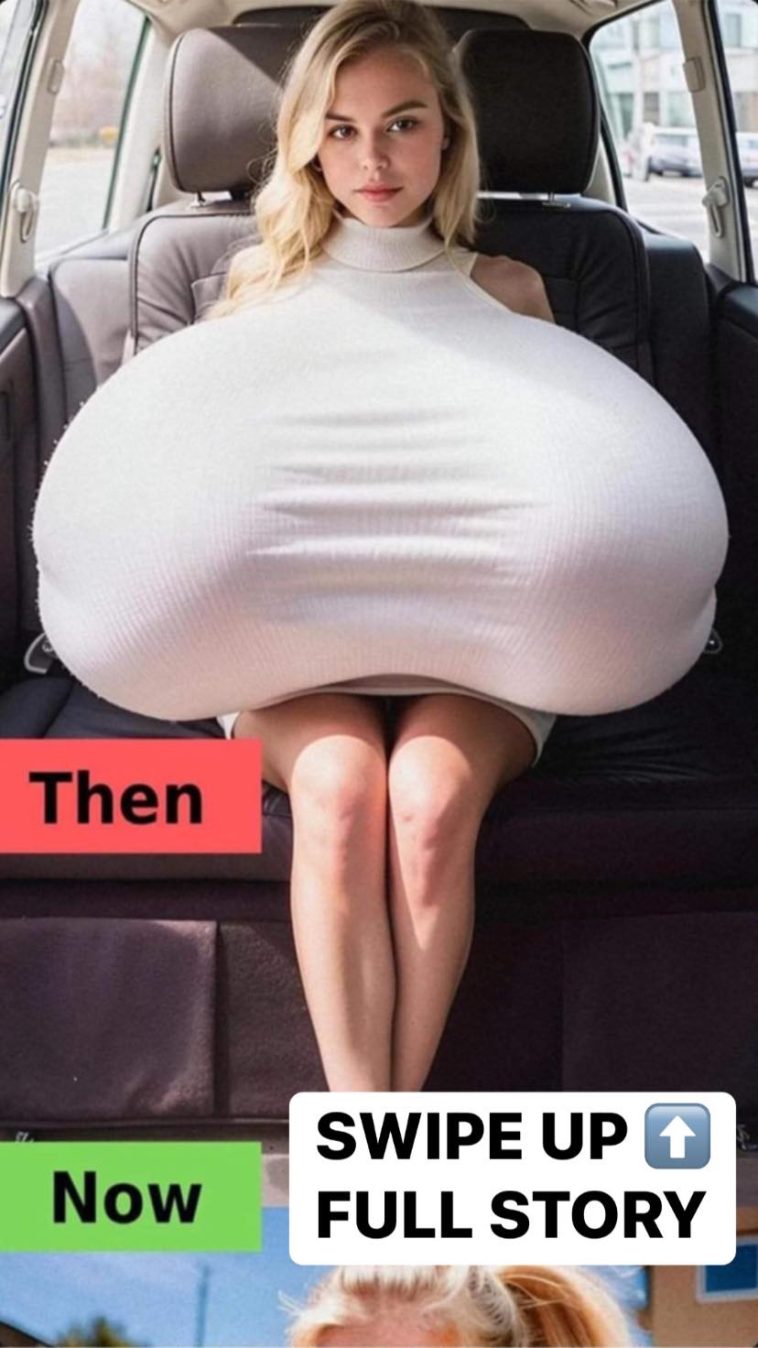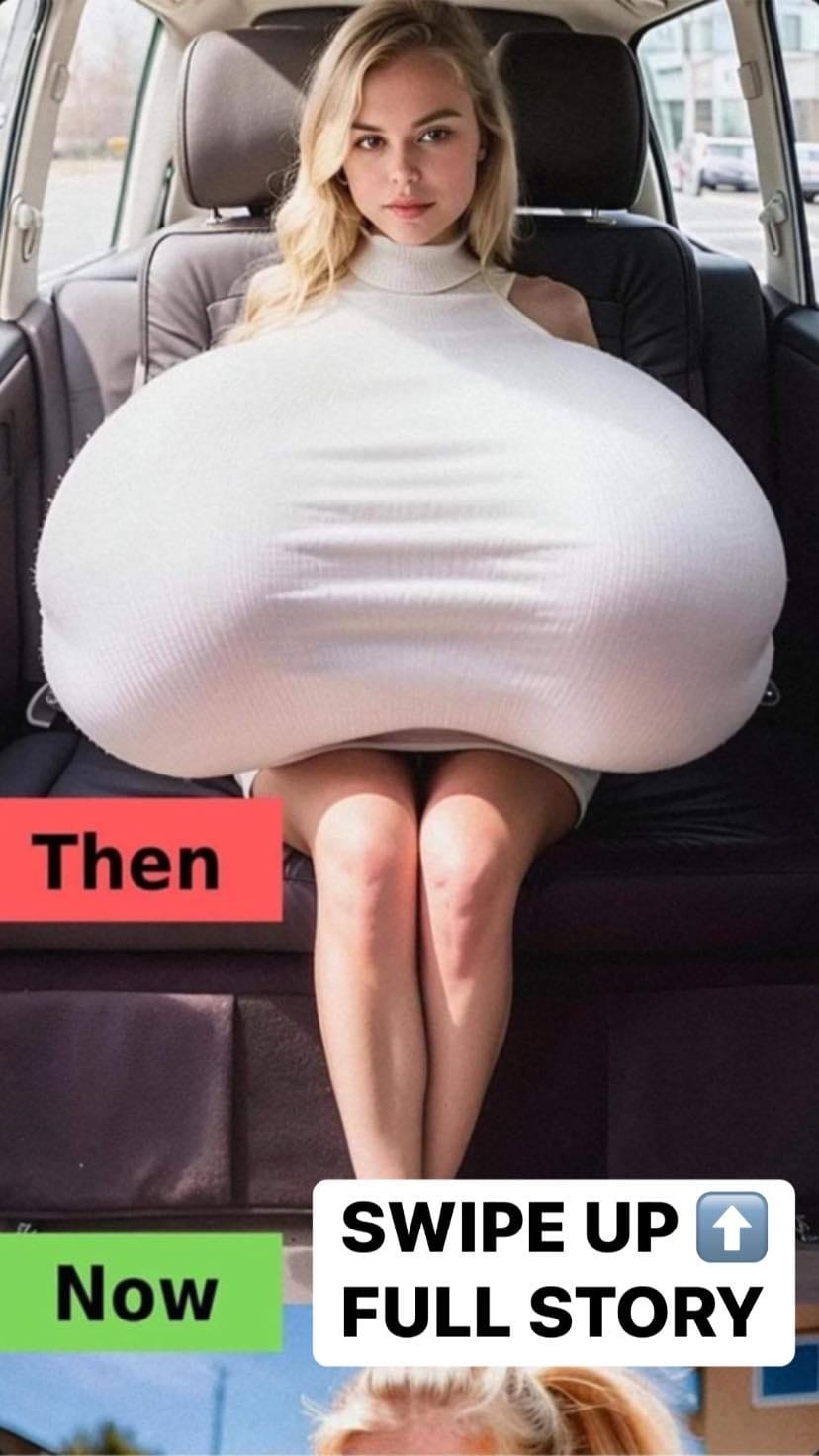
Explore the influence of media on women’s desire for larger breasts and the complexity of beauty standards.
1. Biological and Evolutionary Factors
Share
Attractiveness to men: While it is true that men may generally find larger breasts attractive, this is not universal. Human preferences vary widely; not all men are exclusively attracted to bigger boobs. From an evolutionary perspective, some researchers have suggested that larger breasts might signal fertility and health, as they could be seen as an indicator of adequate nutrition.
2. Social and Cultural Factors
Competition among women: The competition among women for desirable partners is influenced by both social and biological factors. Evolutionary psychology suggests that women may compete for mates, but this doesn’t solely revolve around breast size. It also encompasses other traits, such as facial attractiveness, personality, and social status.
Perception of maturity and femininity: The idea that big boobs make a woman appear more mature and feminine is influenced by societal perceptions. They have long been associated with femininity, and this cultural notion shapes how women perceive themselves.
Professional success: Studies have shown that physical appearance can impact a person’s professional success. Attractive individuals may enjoy certain advantages in the workplace, but this should not be oversimplified. Success depends on various factors, including skills, qualifications, and personality.
Fashion industry: The fashion industry has historically favored certain body types, including those with big boobs. This preference can create pressure on women to conform to these standards. However, body positivity movements and shifts in fashion industry standards challenge these norms.
3. Media and Celebrity Culture
Share
Media influence: The media, including advertisements and celebrity culture, play a significant role in perpetuating beauty ideals. Celebrities with larger breasts often become cultural icons, and their images are frequently used to promote various products, creating a perception that they are highly desirable.
Impact on body image: Media portrayals can influence women’s body image and self-esteem, as they are bombarded with images of idealized beauty. The desire for larger breasts, therefore, can be fueled by these unrealistic standards.
4. Consumerism and Exploitation
Share
Exploitation of insecurities: The cosmetic surgery and beauty industries can capitalize on women’s insecurities, marketing breast augmentation as a solution to conform to societal ideals. The desire for larger breasts is often linked to consumerism and profit motives.
Media and advertising for profit amplify the desire to have them bigger. Individuals should decide about their bodies based on their preferences and needs rather than external pressures or standards.


